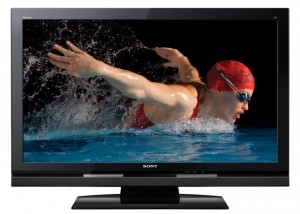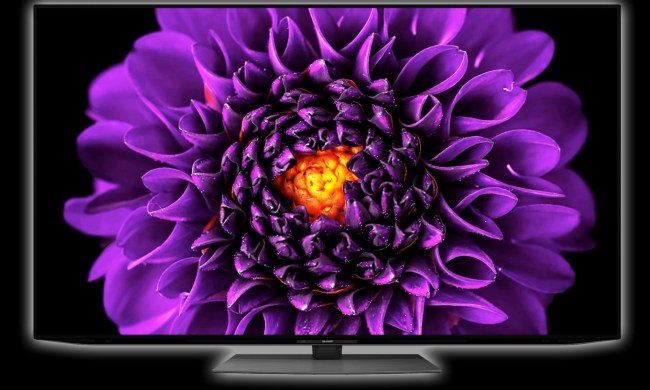 A telephone survey conducted by the Leichtman Research Group found that nearly half of all U.S. households (46 percent) will have at least one high-definition television in the house by the end of the 2009—a figure that’s roughly double the number who had HDTVs two years ago. Furthermore, approximately 38 percent of HDTV owners say they have more than one high definition television.
A telephone survey conducted by the Leichtman Research Group found that nearly half of all U.S. households (46 percent) will have at least one high-definition television in the house by the end of the 2009—a figure that’s roughly double the number who had HDTVs two years ago. Furthermore, approximately 38 percent of HDTV owners say they have more than one high definition television.
Leichtman attributes the increase to an obvious factor: the cost of high-definition television sets has come down significantly. “With the cost of HDTV sets decreasing, HD penetration grew across all incomes groups over the past year,” said Leichtman Research Group president and principal analyst Bruce Leichtman, in a statement.
The survey also found household with higher incomes are more likely to have a high-definition television: 61 percent of households with annual incomes over $75,000 have an HDTV, compared to 44 percent of households with incomes between $30,000 and $75,000 and 29 percent of households with incomes under $30,000. However, Leichtman still detected a degree of consumer confusion about high-definition and digital programming: according to the survey, some 14 percent of individuals with HDTVs think they are receiving HD programming when they’re not.
The results are based on telephone interviews conducted in October with with 1,300 adults in the continental United States. Leichtman claims the error range for the survey is ±2.7 percent amongst the sample group…but let’s not forget that since these phone surveys pretty much only reach households with landlines where people are home that are willing to pick up random calls from unknown parties…there are an unknowable number of U.S. households which were never in the sample set.


